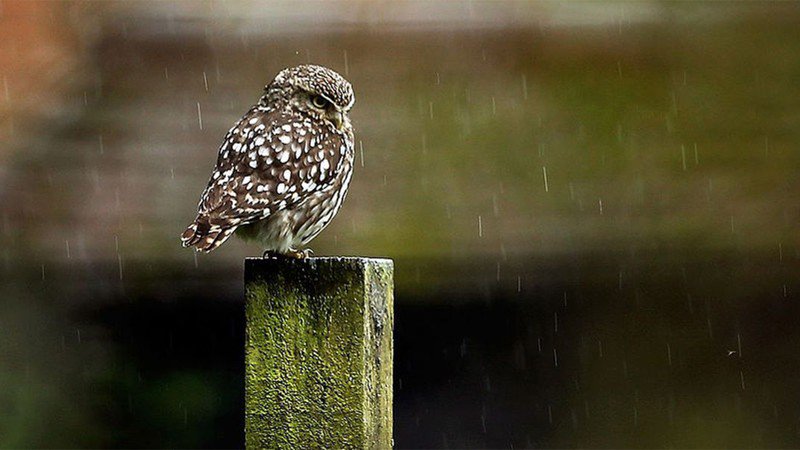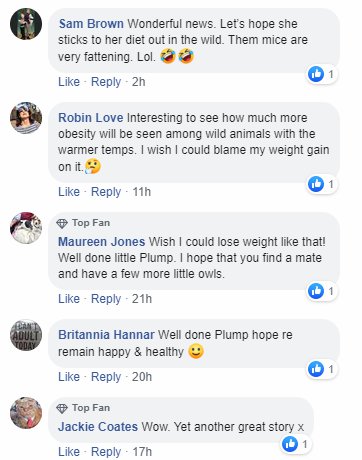Birds are usually rescued when they are injured but, in an unusual incident a cute little owl, named Plump, was rescued because she was “extremely obese” for flying.
Plump was put under observation for more than two weeks in the sanctuary, after which, they concluded that this was a case of natural obesity, which is rare and unheard of.

Now, she is flying gracefully at a much healthier and happier weight. Watch the video of her release, into the wild, here:
People on social media were also quite happy to here about cute little Plump and so, they bid her goodbye by wishing her all the best for her new adventures:


Bye bye Plump!



























